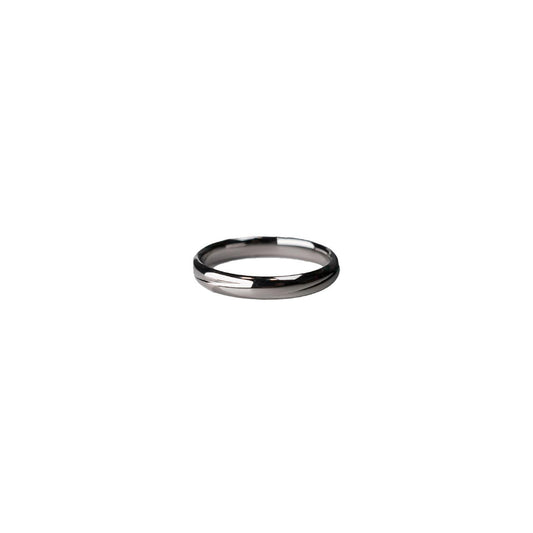The Sparkling Mystery of Alexandrite Pricing
The Sparkling Mystery of Alexandrite Pricing
When I first stumbled across a piece of alexandrite jewelry, it felt like discovering a hidden treasure. Set in a simple gold band, the stone danced between shades of teal and raspberry red, depending on the light. It was like owning two gemstones in one—a stone with a secret that only revealed itself fully when you paid close attention. This duality is precisely what makes alexandrite so captivating and, indeed, quite costly.
Why does alexandrite fetch such a high price tag, you ask? Well, there are a few key factors to consider. For one, natural alexandrite is exceptionally rare. Originally discovered in Russia's Ural Mountains in the 1830s, the stone has since been found in only a handful of places worldwide, including Brazil, Sri Lanka, and Africa. The scarcity of high-quality specimens means they carry a significant premium in the gemstone market.
Additionally, the stone’s unique color-changing ability—termed the “alexandrite effect”—adds to its allure and value. This optical phenomenon occurs because of the complex way alexandrite interacts with light, thanks to its unusual crystal structure. In daylight or fluorescent lighting, the best stones exhibit a green to bluish-green hue. In incandescent light, they take on a reddish-purple or raspberry tone. It's this charming play of colors that makes the stone almost like a work of art, and art, as we know, doesn’t come cheap.
I remember the time when I was on a trip to South America and visited a local gem shop. The shopkeeper, with a smile that suggested he knew a thing or two about enchantments, placed an alexandrite under different lights, letting the transformation unfold before my eyes. It was almost magical, and I could not help but be enchanted by the gem's shifting colors, which seemed to whisper tales of faraway lands and times gone by.
The cost can vary widely depending on the source and quality of the alexandrite. Stones from the original Russian mines are often considered the finest and can command prices upwards of $10,000 per carat. Conversely, stones from newer Brazilian and African sources might be more affordable, yet still, a high-quality piece can easily reach several thousand dollars per carat. Synthetic options exist too, offering a similar color-changing effect at a fraction of the price, though they lack the historical and geological intrigue of their natural counterparts.
To splurge on alexandrite is often more than just a purchase; it's embracing a slice of history, geology, and a touch of mystery. It's about owning a conversation starter, a rare gem that, much like a well-kept secret, is endlessly fascinating. Whether you encounter it in a jeweler’s case or on a loved one’s hand, alexandrite remains a testament to nature’s whimsy and the timeless allure of rarity.
The next time you see a piece of alexandrite jewelry, take a moment to appreciate its story. Imagine the miners who unearthed it, the artists who crafted it, and the journey it has taken through the years. And if a glimmer of curiosity tempts you to own one, know that you're not just purchasing a gem; you're investing in a legacy of wonder and transformation. Let yourself be charmed by its changing hues, just as I was, and let the mystery of alexandrite become a part of your story too.


























